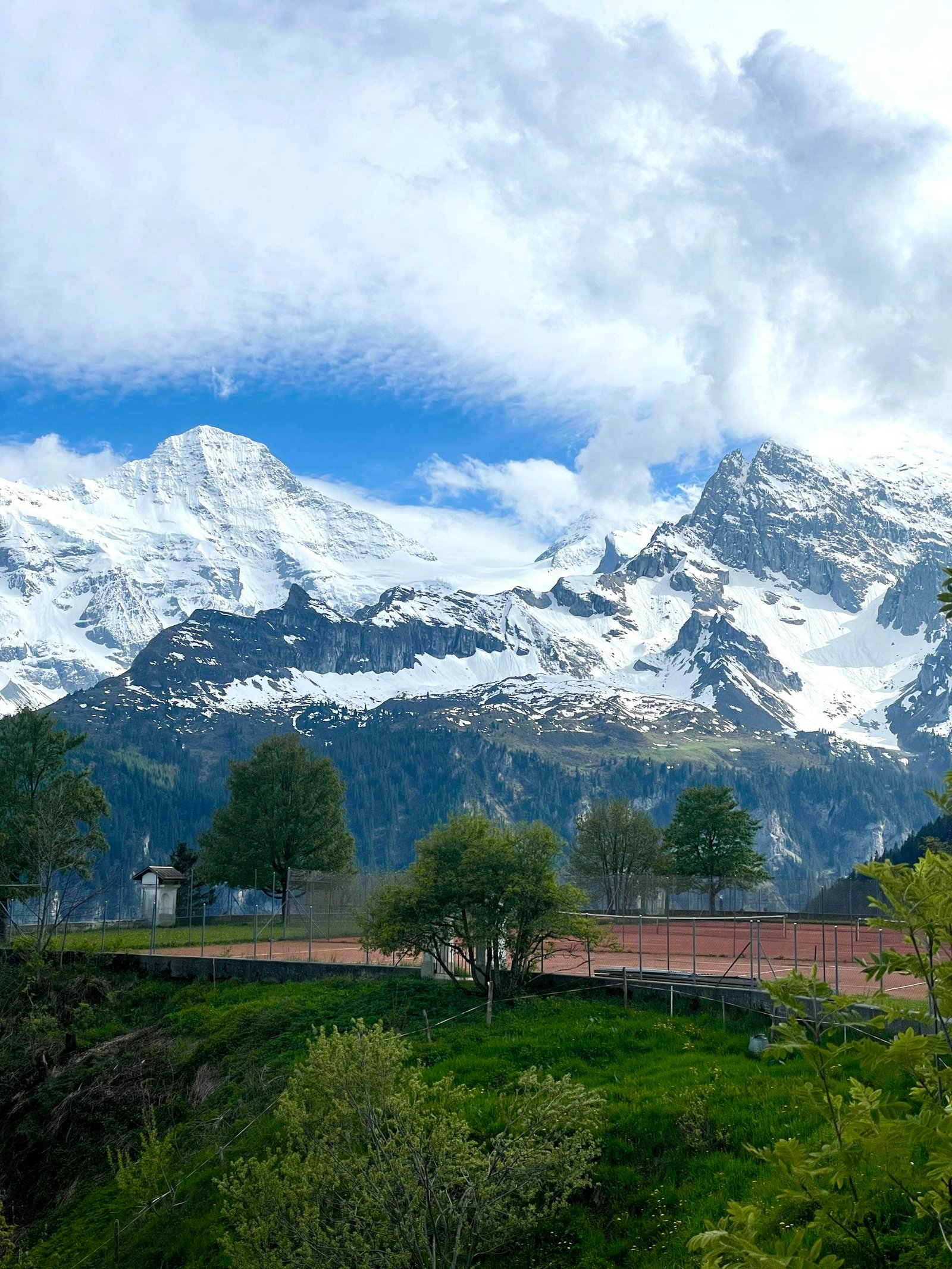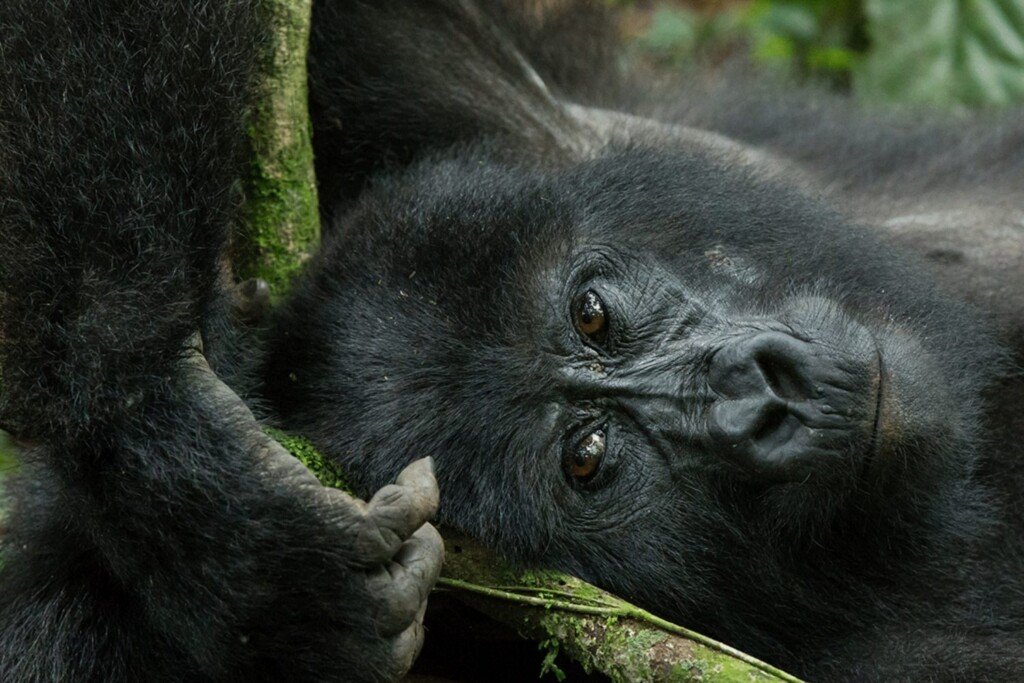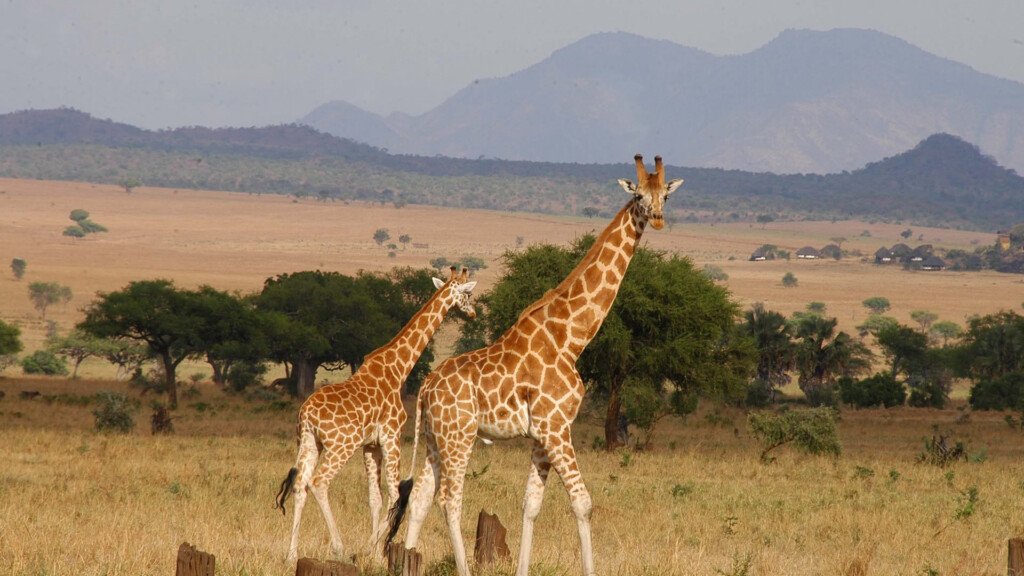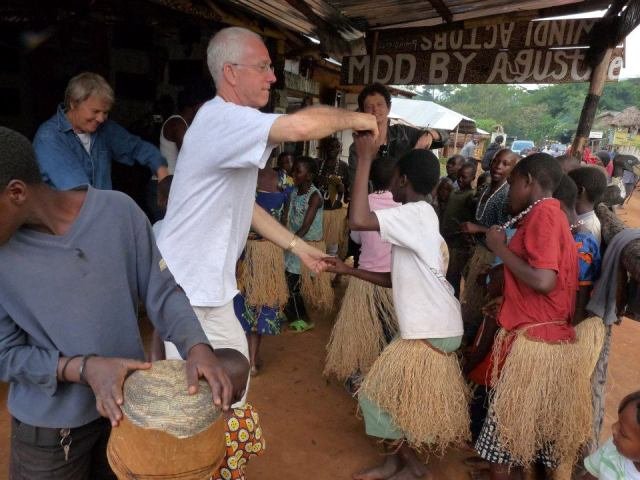Adventure Tourism Trends in Uganda 2025: What’s New, Sustainable, and Unforgettable
Adventure tourism in Uganda is evolving in exciting ways in 2025. As the world embraces sustainable, authentic travel experiences, Uganda—The Pearl of Africa—is rising to meet the demand. With a diverse landscape that includes volcanic mountains, tropical forests, vast savannahs, and one of the world’s most biodiverse lakes, Uganda is quickly becoming a top adventure tourism destination in East Africa.
Table of Contents
In this post, we explore the top adventure tourism trends in Uganda 2025—and how they’re transforming the way people experience the country.
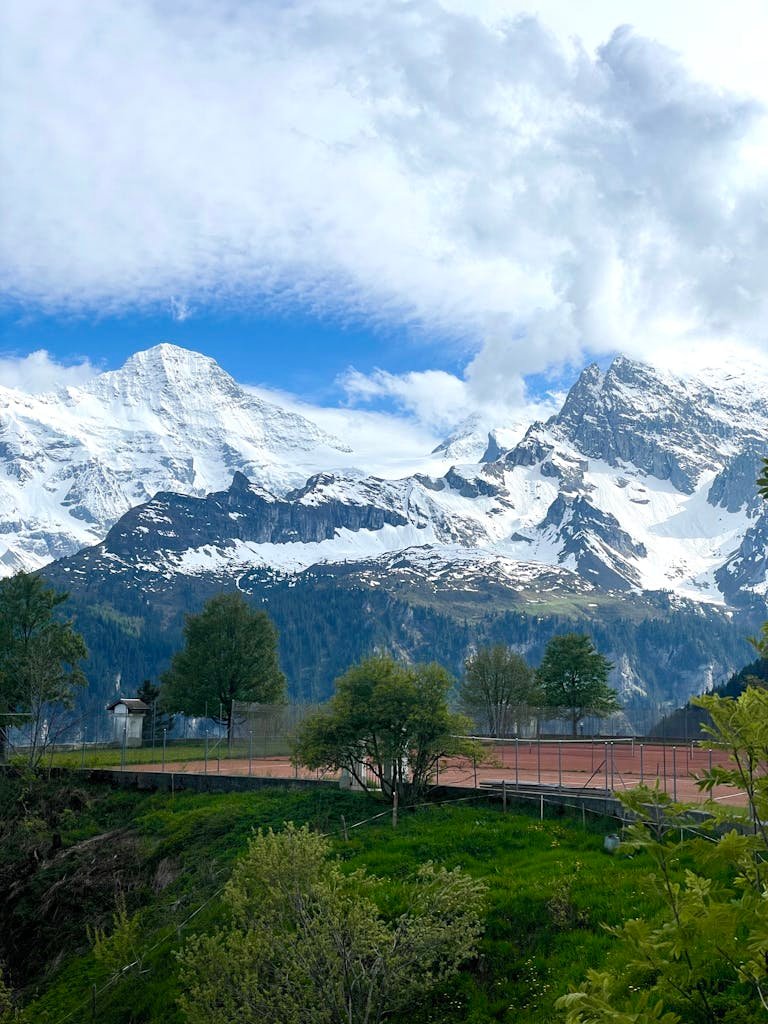
1. Smarter, Sustainable Gorilla Trekking in Adventure Tourism in Uganda 2025
Gorilla trekking remains one of Uganda’s flagship adventures. In 2025, the trend is shifting toward more sustainable and conservation-focused treks. National parks like Bwindi Impenetrable Forest and Mgahinga Gorilla National Park have introduced stricter visitor limits, digital permit tracking, and eco-training for guides.
Why it’s trending:
- Travelers are more eco-conscious.
- Permits fund local community projects.
- Companies like Amatsiko Tours offer gorilla trekking in responsible tour packages.
Travelers are increasingly eco-conscious.
- Choosing sustainable tour operators that support conservation and community projects (e.g., Amatsiko Tours).
- Booking regulated gorilla treks that limit daily permits and benefit local communities.
- Staying in eco-lodges built with local materials and offering organic, locally sourced meals.
- Packing responsibly, using items like reusable water bottles, biodegradable soap, and eco-friendly sunscreen.
- Participating in conservation activities such as tree planting, clean-up campaigns, or biodiversity education.
- Offsetting carbon emissions from flights and travel through donations to local reforestation or renewable energy programs.
- Buying ethical souvenirs from local artisans and cooperatives instead of mass-produced goods.
Gorilla permits contribute to community development.
- Revenue Sharing with Local Communities
- A portion (typically 20%) of every gorilla permit fee is allocated to surrounding communities through Uganda Wildlife Authority’s (UWA) Revenue Sharing Program, funding schools, clinics, roads, and clean water systems.
- Support for Education Projects
- Funds from gorilla permits have helped build and improve classrooms, such as in areas near Bwindi and Mgahinga, giving local children access to quality education.
- Health and Sanitation Improvements
- Permit revenue has been used to construct health centers and provide essential medical supplies to remote communities bordering the parks.
- Community-Led Tourism Initiatives
- Income from permits supports community tourism enterprises, such as cultural dance groups, craft centers, and homestays, allowing locals to earn income by sharing their culture with visitors.
- Infrastructure Development
- Roads, bridges, and water supply systems in hard-to-reach areas like Kisoro and Rubuguri have been developed or maintained using gorilla trekking revenues.
- Human-Wildlife Conflict Mitigation
- Gorilla permit funds help in building buffer zones, trench barriers, or bee fences to reduce crop raiding by wildlife, protecting both people and animals.
- Job Creation and Training
- Local residents are trained and employed as porters, guides, trackers, and conservation educators, improving livelihoods and promoting conservation awareness.
More tour companies, like Amatsiko Tours, now include gorilla trekking as part of community-supported tourism packages.
2. Cultural Immersion Hikes Shaping Adventure Tourism in Uganda 2025
In 2025, visitors want more than adrenaline—they want connection. Cultural immersion hikes in 2025, visitors want more than adrenaline—they want authentic human connection. Cultural immersion hikes through the Kigezi Highlands, Batwa heritage trails, and the Lake Bunyonyi islands are giving tourists a deeper understanding of Uganda’s rich and diverse heritage.
For example, visitors can:
- Hike through Nyarushanje or Rubuguri guided by former subsistence farmers turned certified community guides, sharing personal stories about life in the highlands.
- Join a Batwa cultural experience near Bwindi, where Batwa elders lead forest walks, perform traditional music and dance, and explain how their forest-based lifestyle has evolved since relocation.
- Walk along Lake Bunyonyi’s shores with youth trained in conservation and storytelling, offering insight into local folklore, fishing practices, and traditional farming methods.
Adventure tourism in Uganda 2025 is all about storytelling—walking through landscapes guided by local elders, women, farmers, and youth who are trained in guiding, heritage interpretation, and conservation leadership.
Why it’s trending:
- Adds depth to the physical adventure – It’s not just a hike, it’s a cultural journey through local narratives and traditions.
- Supports rural youth employment – Local young people are trained as guides and cultural ambassadors, earning sustainable income.
- Great for educational travel and student groups – Schools and universities can engage in meaningful cross-cultural learning experiences.
3. Eco-Volunteering Adventures: Travel That Gives Back
In 2025, eco-volunteering is no longer a niche—it’s gone mainstream in adventure tourism. Travelers aren’t just seeking excitement; they want their journeys to create impact. Uganda’s tour companies, including Amatsiko Tours, now offer blended itineraries: 2–3 days of meaningful volunteer service followed by adventure experiences like safaris, canoeing on Lake Bunyonyi, or zip-lining in Mabira Forest.
Examples of popular eco-volunteering experiences:
- Teaching or assisting at Amatsiko Preparatory School in Kabale—volunteers help with English, sports, or arts while connecting deeply with the local community.
- Tree planting and reforestation projects near Bwindi Impenetrable Forest, helping restore degraded areas and protect gorilla habitats.
- Clean water projects like biosand filter installations and hygiene workshops in Buzaniro, improving health outcomes for rural families.
- Farming and permaculture activities with local families—sharing techniques and supporting sustainable agriculture initiatives.
Why it’s trending in Uganda’s adventure tourism 2025:
- Travelers want to give back and engage directly – not just observe, but contribute to lasting change.
- It promotes slow travel and longer stays, allowing deeper cultural immersion and meaningful relationships.
- Increases destination loyalty and return visits, especially when travelers feel personally connected to the people and projects they support.
External link:
Volunteer World – Uganda Opportunities
4. Birding in Uganda 2025: A Multi-Experience Safari Trend
With over 1,050 bird species, Uganda is a birding paradise and a top destination for ornithologists and wildlife lovers alike. In 2025, birding is no longer a standalone activity—it’s seamlessly integrated into multi-experience safaris, offering rich encounters for both adventurers and nature enthusiasts.
Tourists now enjoy a combination of guided birdwatching tours, night safaris, and mobile bush camps across key national parks, including:
- Queen Elizabeth National Park – Famous for the elusive African Finfoot, the majestic African fish eagle, and flocks of flamingos in the Katwe area.
- Murchison Falls National Park – Spot the rare shoebill stork, Goliath heron, and Abyssinian ground hornbill near the Nile Delta.
- Kidepo Valley National Park – One of Africa’s most remote birding havens, with highlights like the Karamoja apalis and Egyptian vulture.
Why it’s trending:
- Appeals to both adventure lovers and nature observers, offering variety in one trip—from big game to rare birds.
- Lodges and camps are now birding-ready, offering binoculars, bird checklists, and even trained ornithologist guides.
- Birding adds educational value and conservation awareness, making it perfect for families, school groups, and eco-conscious travelers.
Popular add-ons:
- Boat safaris along the Kazinga Channel or Nile River with birding-focused commentary.
- Forest birding in Bwindi for Albertine Rift endemics like the Green-breasted pitta and Grauer’s broadbill
- For more; African Bird Club – Uganda
5. Digital Detox Adventures in Uganda 2025
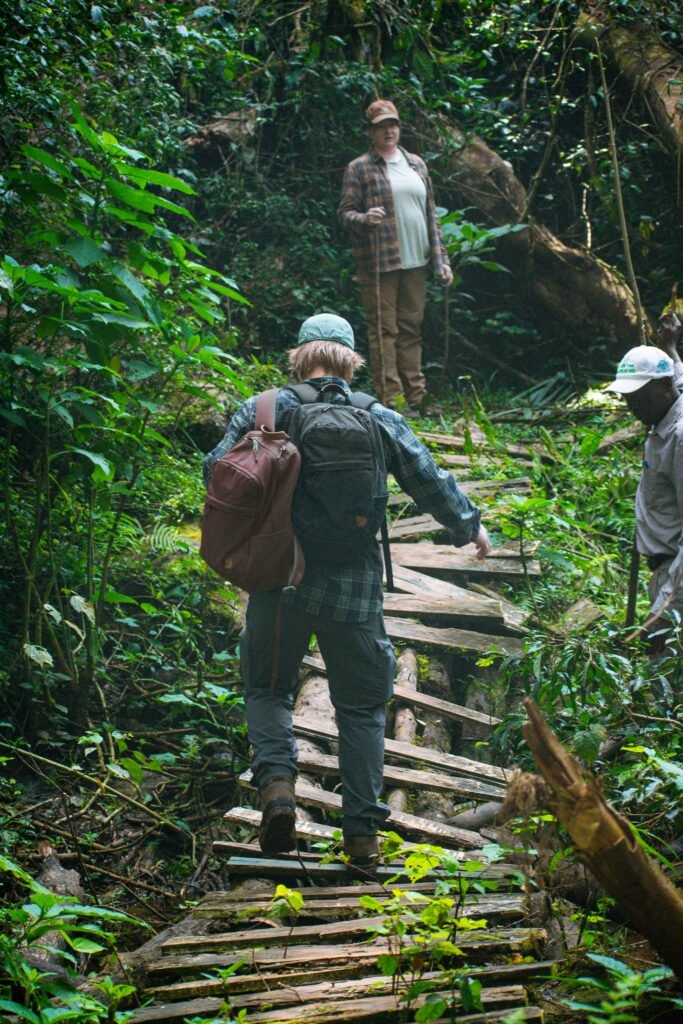
In 2025, digital detox travel in Uganda is gaining serious momentum. With the rise in screen fatigue and post-pandemic anxiety, travelers are now seeking mindful travel experiences—and Uganda’s wild landscapes offer the perfect retreat.
Top digital detox destinations include:
- Kidepo Valley National Park – Remote, serene, and with no mobile signal, this park offers total disconnection and the chance to reconnect with nature and self.
- Semuliki Forest Reserve – Ideal for forest bathing, bird listening, and meditation amidst untouched tropical biodiversity.
- Buvuma Islands on Lake Victoria – A peaceful island escape where you can enjoy sunrise yoga, stargazing, and local storytelling without Wi-Fi interruptions.
Activities include:
- Guided journaling sessions in forest clearings.
- Silent nature walks led by mindfulness coaches.
- Campfire storytelling with elders and cultural leaders.
- Meditation retreats hosted in eco-lodges or off-grid cabins.
Why it’s trending:
- Post-pandemic mental health focus—people are seeking healing over hustle.
- Travelers want meaning over media—experiences that ground and inspire.
- Encourages real presence and deeper cultural engagement, especially for solo travelers and small-group retreats.
Perfect for:
- Mental wellness seekers
- Nature photographers and writers
- Burnout recovery travelers
6. Soft Adventure Travel in Uganda 2025: Fun for All Ages
Not all adventure tourism has to be extreme. In 2025, Uganda’s soft adventure tourism is on the rise, offering exciting yet low-risk activities that are perfect for families, older travelers, and student groups. These experiences combine discovery with comfort, allowing everyone to enjoy Uganda’s natural beauty and culture—regardless of age or fitness level.
Popular soft adventure activities in Uganda include:
- Canoe safaris on Lake Bunyonyi – Peaceful paddling among islands, birdwatching, and local legend storytelling.
- Nature walks with herbal medicine guides – Learn from indigenous healers about traditional plants used for wellness in places like Mpanga and Mabira Forests.
- Ziplining, horse riding, and biking – Explore scenic trails at Griffin Falls Camp in Mabira or the open landscapes near Lake Mburo.
- Community cultural visits – Participate in cooking classes, basket weaving, and traditional dance in villages like Nyakasiru and Rubuguri.
Why it’s trending:
- Appeals to multi-generational travelers – Great for family vacations or grandparent-grandchild trips.
- Combines leisure and learning – Especially popular with educational travel programs and youth camps.
- Accessible to travelers of varying fitness levels – Gentle terrain and flexible itineraries allow more people to join in.
Perfect for:
- Family holidaymakers
- Senior travelers seeking soft adventure
- School and student exchange groups
7. Multi-Destination Combo Tours in Uganda 2025
Adventure tourism in Uganda is expanding in 2025 with an exciting rise in multi-destination combo tours. Combining the highlights of Uganda with neighboring destinations like Rwanda and Kenya, these tours offer travelers a more diverse and enriching experience across East Africa. Imagine gorilla trekking in Bwindi Impenetrable Forest, followed by a cultural exploration in Rwanda or a safari adventure in Kenya’s iconic Maasai Mara.
Popular Uganda-Rwanda-Kenya combo options include:
- Gorilla trekking in Bwindi (Uganda) followed by cultural experiences in Kigali (Rwanda), exploring museums, markets, and heritage sites.
- Wildlife safaris in Queen Elizabeth or Murchison Falls (Uganda), then traveling to Kenya’s Maasai Mara for a classic African safari experience.
- Combining Lake Bunyonyi island exploration (Uganda) with volcano hiking in Rwanda.
Why it’s trending:
- Easier border policies in the East African Community (EAC) – New policies have made border crossings smoother and more efficient.
- Tourists want more value from long-haul flights – By combining Uganda with Rwanda and Kenya, travelers can experience multiple countries in one trip.
- Great for photographers, researchers, and gap year students – A great way to immerse in diverse landscapes, cultures, and wildlife within a short timeframe.
Conclusion: Uganda Leads Africa’s Responsible Adventure Scene in 2025
As global travel continues to shift toward purposeful, experiential travel, Uganda is at the forefront of this movement. The adventure tourism trends in Uganda 2025 highlight the country’s commitment to sustainability, cultural connection, and environmental stewardship.
Whether you are trekking with gorillas, exploring remote highlands, planting trees with schoolchildren, or simply embracing Uganda’s rich wildlife and landscapes, adventure here goes beyond just thrills—it’s about transformation. Amatsiko Tours offers you the chance to embark on meaningful journeys that give back to the communities you visit.
Plan your 2025 adventure with us at Amatsiko Tours, where every journey makes a positive impact.

